ART OP-ED
Painting the other, painting the self — considering Frida Kahlo, Amrita Sher-Gil and Irma Stern in South Africa
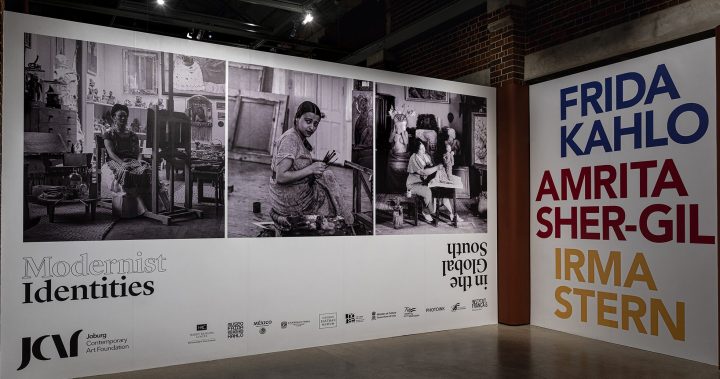
Part of the Joburg Contemporary Art Foundation’s mandate is offering viewers ‘a considered engagement with art’, and in this, ‘Kahlo, Sher-Gil, Stern: Modernist Identities in the Global South’ succeeds.
There are only three paintings on view in Kahlo, Sher-Gil, Stern: Modernist Identities in the Global South – one by each artist – and it’s all the exhibition requires. For the Joburg Contemporary Art Foundation’s (JCAF’s) final instalment in its three-year series around woman artists in the Global South, the preamble is as important as the artwork itself.
Frida Kahlo, Amrita Sher-Gil and Irma Stern were all successful painters in their own right, working in different parts of the world and with different ways of configuring and making sense of their own modernity. Here, their use of portraiture as a tool for reconfiguring identity becomes the central curatorial thread.
As the exhibition text reminds us, Kahlo was born in Mexico City to an immigrant German father and a Spanish-Mexican indigenous mother, Sher-Gil was born in Budapest to an aristocratic Sikh Indian father and a Hungarian-Jewish mother, and Stern was born in Schweizer-Reneke (in the then Transvaal) to immigrant German-Jewish parents.
These complexities of place, class and identity both frame and animate the exhibition. Entering the space, three different scenes occupy whole walls, each one a vital site for the artists. The paintings in the Ajanta Caves of Maharashtra are said to have been a huge source of inspiration for Sher-Gil, while Kahlo would have walked in the shadows of the looming Metropolitan Cathedral in Mexico on her way to school. Elizabethville (now Lubumbashi) is the geographical marker for Stern, who would have visited the city on one of her solo trips to the Congo.
But for all of their scale, and with their grand evocations of place, the black and white images lack the emotional charge found in the other sections of the exhibition.
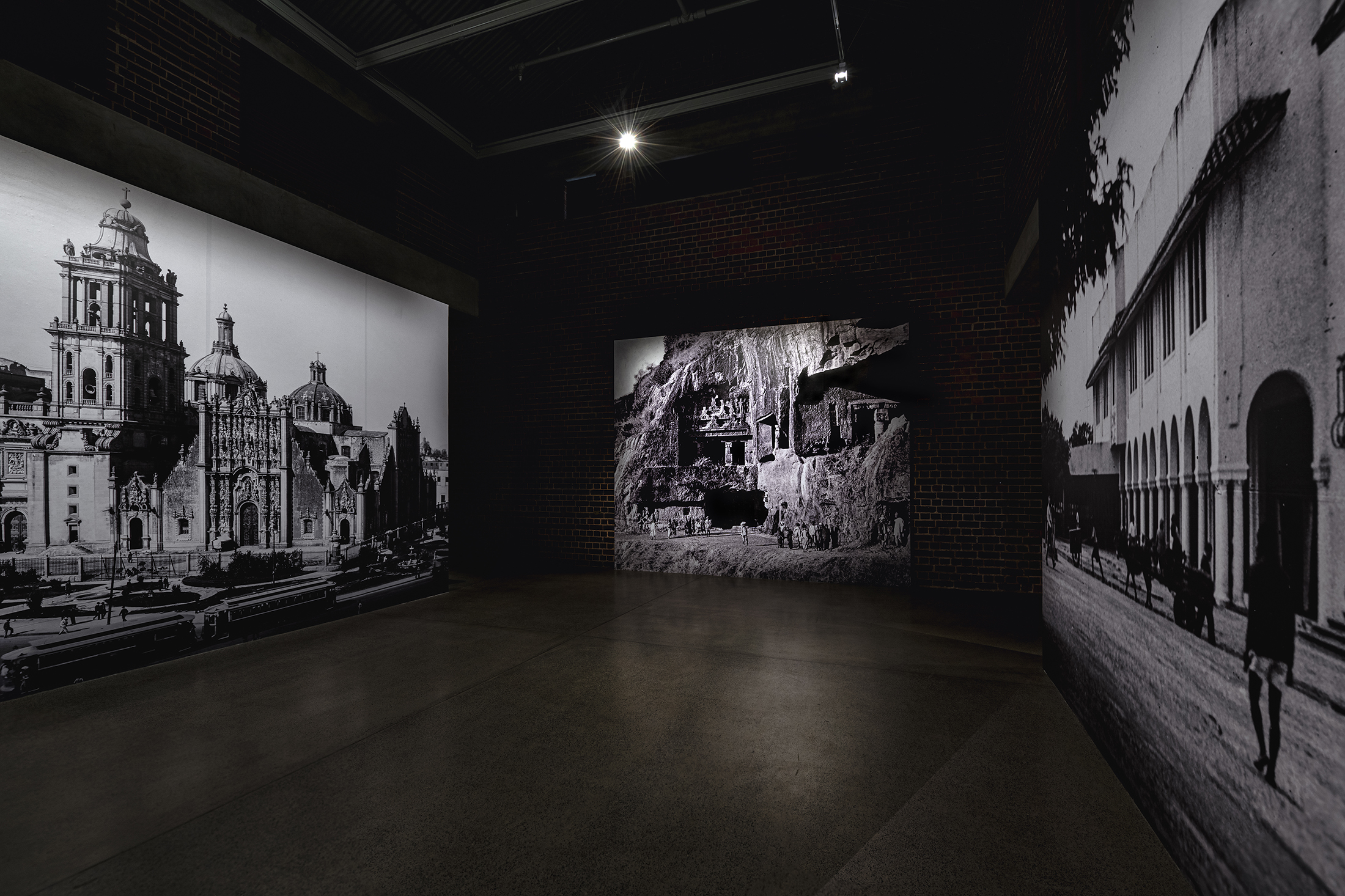
Installation view of Part 1 Historical Background. Image: Graham De Lacy
Identity Formation is the second part of the exhibition. Here, a number of objects, personal effects, reproduced items and archival images relating to the artists’ early careers and interests are on display.
The footage of the artists seems almost like snippets from home videos — a candid shot of Sher-Gil reaching out to an elephant, Kahlo sitting outside of The Blue House (where she would produce the painting included in this exhibition), and Stern working away at her garden-republic home and studio, The Firs, in Cape Town.
Charged with anecdotal history
Reproduced items like diaries or notebooks are objects charged with anecdotal history. A page in Sher-Gil’s notebook, for example, shows a crudely drawn figure in a whirling, colourful dress. It speaks to a vital moment: a young Sher-Gil goes to see a performance with her family, returns home to reproduce what she has just seen, and discovers the joy of painting. A less subtle item is Kahlo’s brocaded blouse and red dress, adorning a mannequin encased in glass. Paired with the series of black and white images of the artist, the artefact does well to evoke the colour and complexity that Kahlo gravitated towards in her life and work, but it also shifts focus to the artist’s relationship to her body. A streetcar accident that led to a broken spinal column and ongoing health issues meant that physical discomfort was a constant for Kahlo, and clothing became both a source of refuge and a means of expression.
Part three, of course, houses the paintings, each one given its own room. Here, the exhibition architecture plays a vital role in framing the work. Each “room” housing the paintings has its own architectural style — the Pre-Columbian architecture of Mexico, Sikh and Mughal architecture in India, and Watusi Congo vernacular architecture — but also its own colour which has been woven throughout the sections. Yellow for Stern, red for Sher-Gil and blue for Kahlo.
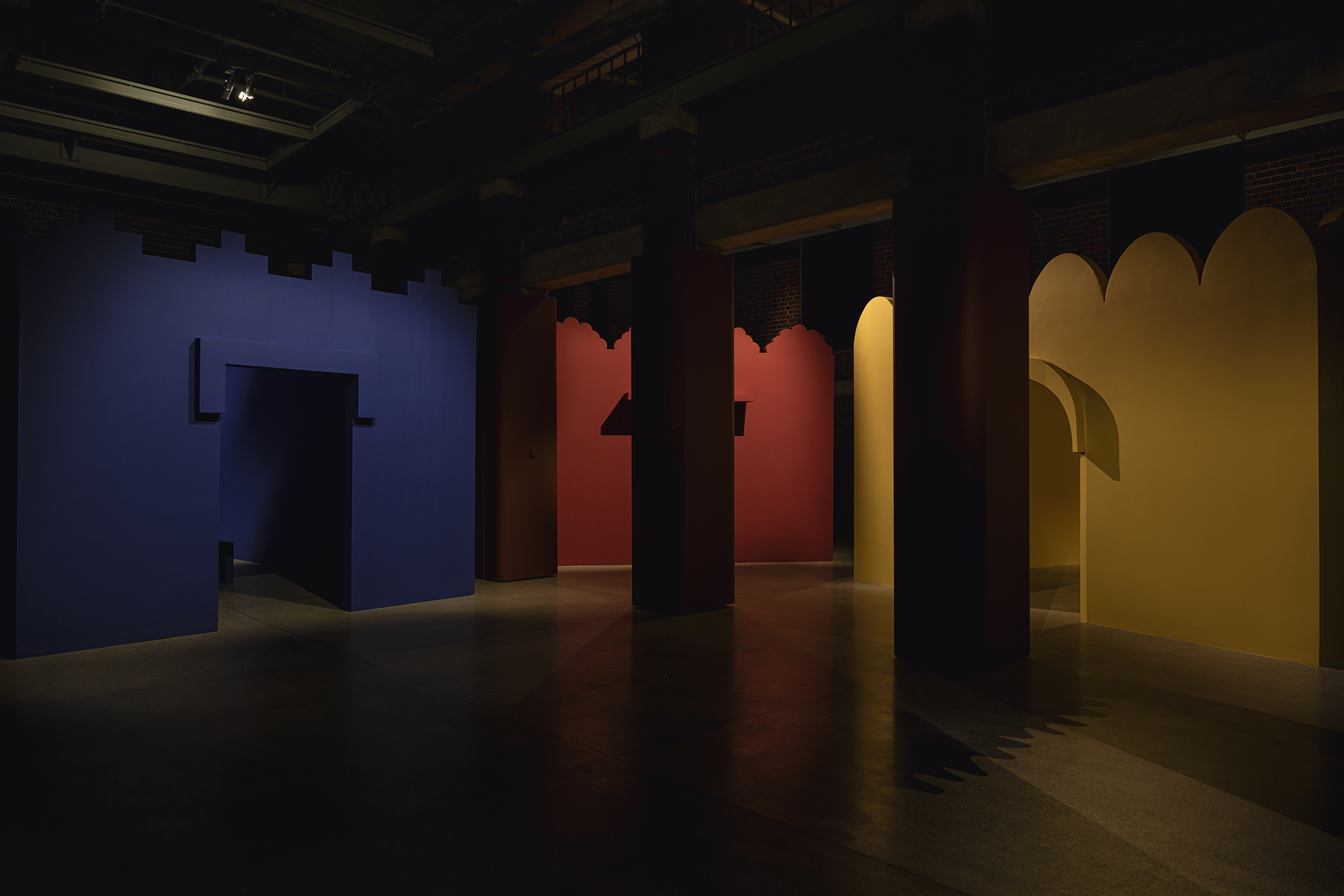
Installation view of Part 3 Portraits and Self Portraits. Image: Graham De
Lacy
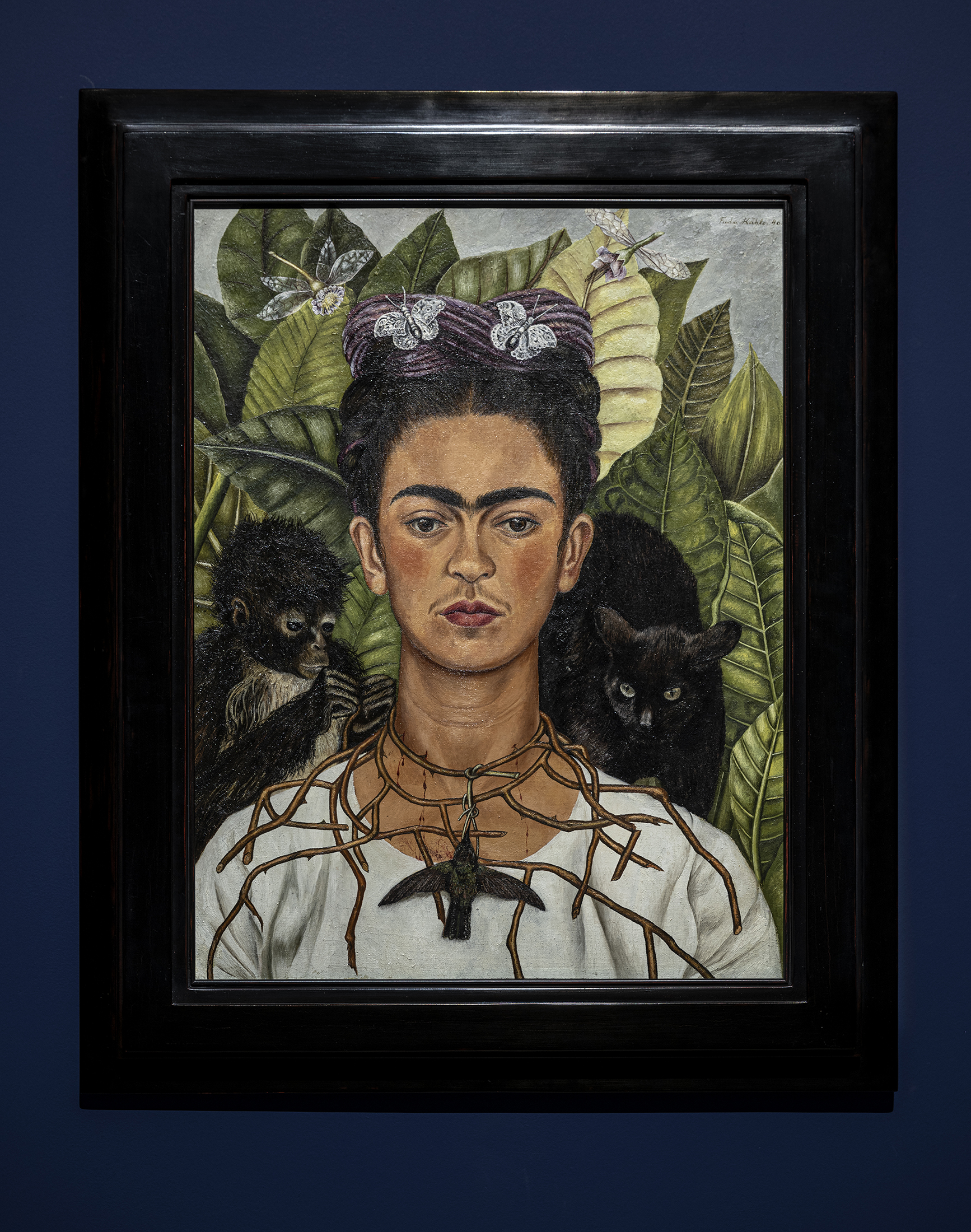
Installation view of Frida Kahlo, Self Portrait with Hummingbird and
Thorn Necklace (1940). Collection Harry Ransom Center, The University
of Texas at Austin, Nickolas Muray Collection of Modern Mexican Art. ©
Banco de México Diego Rivera & Frida Kahlo Museums Trust. Photo
Graham De Lacy
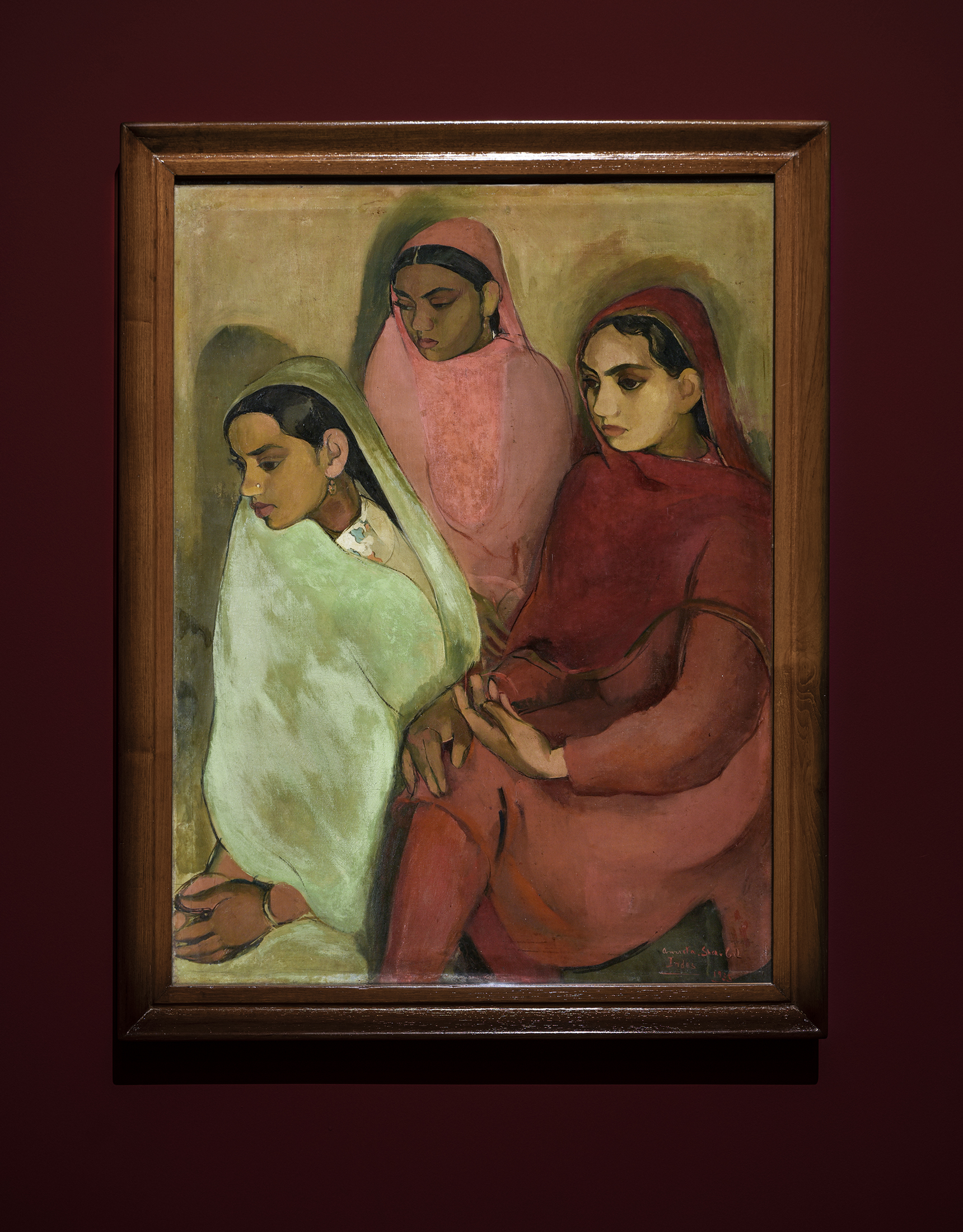
Installation view of Amrita Sher-Gil, Three Girls (1935). Courtesy of
National Gallery of Modern Art, New Delhi. Photo Graham De Lacy
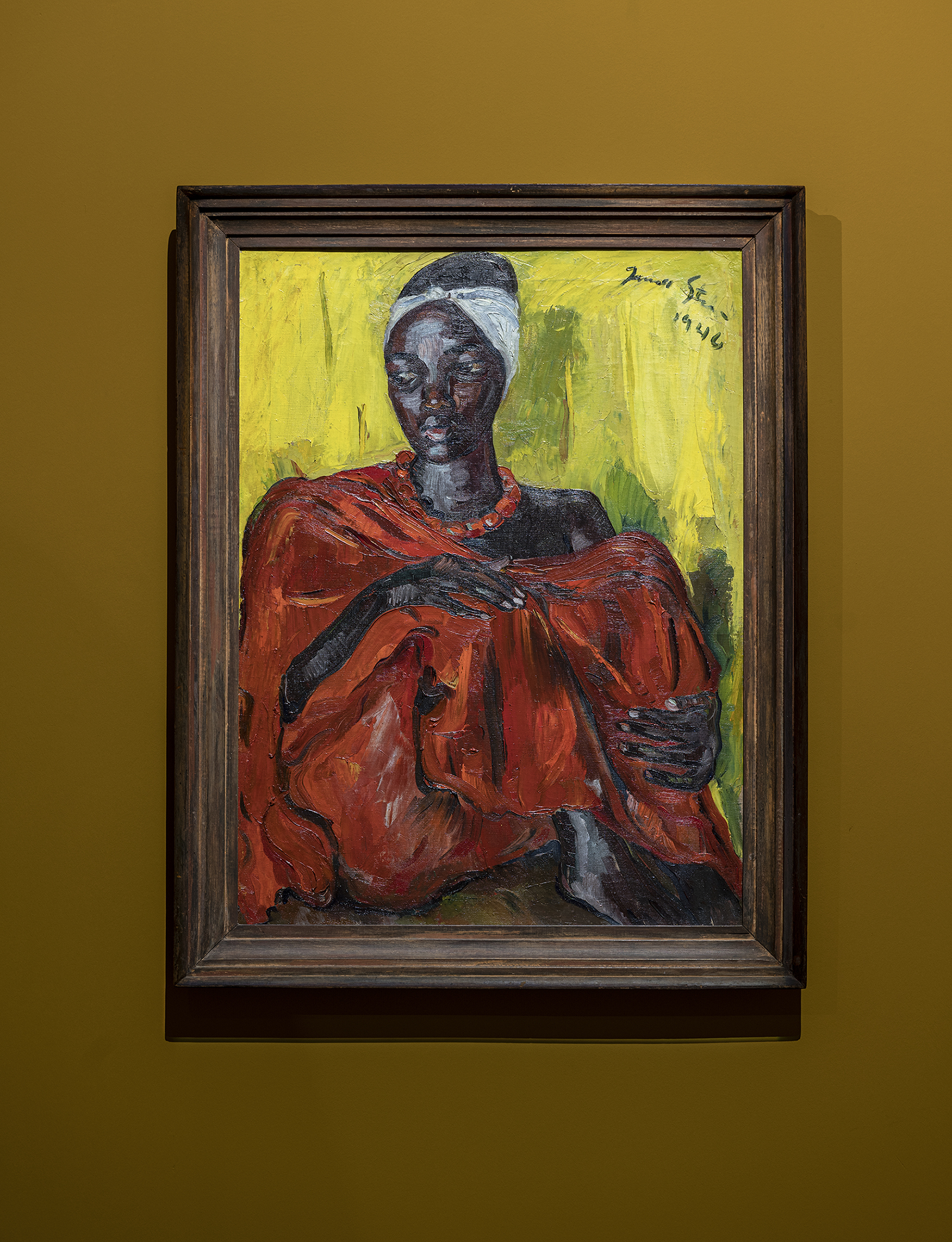
Installation view of Irma Stern, Watussi Woman in Red (1946). Courtesy
private collection, South Africa. Photo Graham De Lacy
Does it influence how you view the work? Sure, that’s the point. Everything leading up to the paintings — the films, the childhood photographs, the personal objects and sources of inspiration — has been an attempt at supplementing and supporting the ways in which one views the three portraits on display. The curated pieces of biographical, geographical and political information are designed as an essential journey towards the singular and isolated act of viewing each painting. It works. When you finally encounter the portraits, the cumulative effect is both profound and edifying.
Sher-Gil’s Three Girls, for example, showcases her formal training, but it also holds much of her conflicting feelings of belonging, identity and otherness. While many of the artist’s self-portraits show her smiling and holding the viewer’s gaze, the figures in this portrait (the artist’s nieces) are represented as a contemplative and perhaps despondent trio with downcast eyes, at odds with themselves or their positions in the world.
As the artist has said of her practice, “I realised my real artistic mission, to interpret the life of Indians and particularly the poor Indians pictorially; to paint those silent images of infinite submission and patience, to depict their angular brown bodies … to reproduce on canvas the impression those sad eyes created on me.” Through her representation of those who are neither entirely foreign nor familiar to her, Sher-Gil is able to register some of her own complicated feelings of belonging.
Kahlo’s Self-Portrait with Hummingbird and Thorn Necklace depicts the artist with her pet spider monkey on one shoulder and a black cat on the other. A dark and lifeless hummingbird hangs from her necklace of thorns. She appears stoic, even as the thorns dig into her neck, drawing blood. From the preceding sections of the exhibition, we know that Kahlo suffered from pain for most of her life and that this affected her mobility and freedom. And considering her mixed German and Mexican heritage, as well as her conflicting views on religion — though she renounced all religion as an adult, many of her paintings contain religious symbols and icons — it becomes easier to view the self-portrait as an attempt at containing and perhaps even reconciling the conflicting ideals, identities and physical conditions she held throughout her life.
Finally, there is Stern’s portrait of a Watussi Woman in Red, depicting Princess Emma Bakayishonga, sister of King Mutara III Rudahigwa, who Stern would have painted on one of her trips to the Congo.
While the exhibition does highlight each artist’s unpacking of their own multiplicity through “imagined identification with indigenous women”, Stern still feels at odds with the other two painters. Unlike Kahlo and Sher-Gil, who drew largely on the people or identities of their own communities (“I paint myself, because I am what I know best,” said Kahlo), Stern reconciles her conflicted sense of self through the portrayal of those who were largely foreign to her, and who she made little effort to come to know. Much of this comes down to skewed power dynamics.
A letter to her friends Frieda and Richard Berman shows how Stern would simultaneously objectify and spurn those she painted on her trips. “I am expecting a Watussi lady in tomorrow. They are grand — they do not walk or work — they are the nobility — the rest are slaves to them. They are carried about in litters by four men. It is very quaint.”
While she produced many portraits throughout her career, some of them well-known figures from her own social circles, the anonymous characters that define her Congo and Zanzibari portraits were only ever framed as foreign.
Part of the JCAF’s mandate is offering viewers “a considered engagement with art”, and in this, Kahlo, Sher-Gil, Stern: Modernist Identities in the Global South succeeds. Stern, Sher-Gil and Kahlo may have all sought to unpack their hybrid identities and find a sense of belonging through painting, but they were also artists who became pioneers of modernism in their respective regions. Importantly, they did so in male-dominated industries, enduring the discrimination and prejudice faced by woman artists at the time.
Here, art served as a means of making sense of oneself and one’s place in the world. Viewing the portraits on exhibition — both individually and alongside one another — is a way of further making sense of it all. DM/ ML
Kahlo, Sher-Gil, Stern: Modernist Identities in the Global South is at the Joburg Contemporary Art Foundation until 22 February 2023.
In case you missed it, also read When Frida Kahlo, Amrita Sher-Gil and Irma Stern come to a gallery in Johannesburg
When Frida Kahlo, Amrita Sher-Gil and Irma Stern come to a gallery in Johannesburg






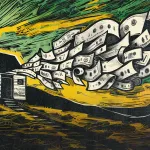










Comments - Please login in order to comment.